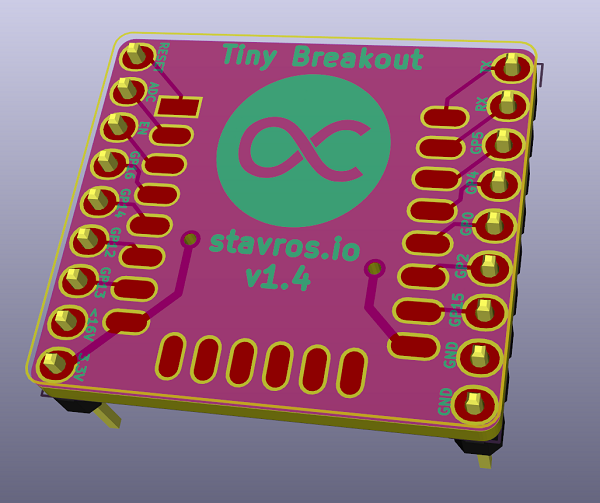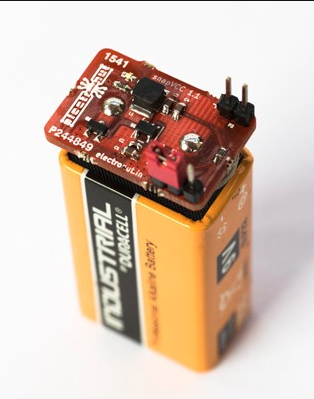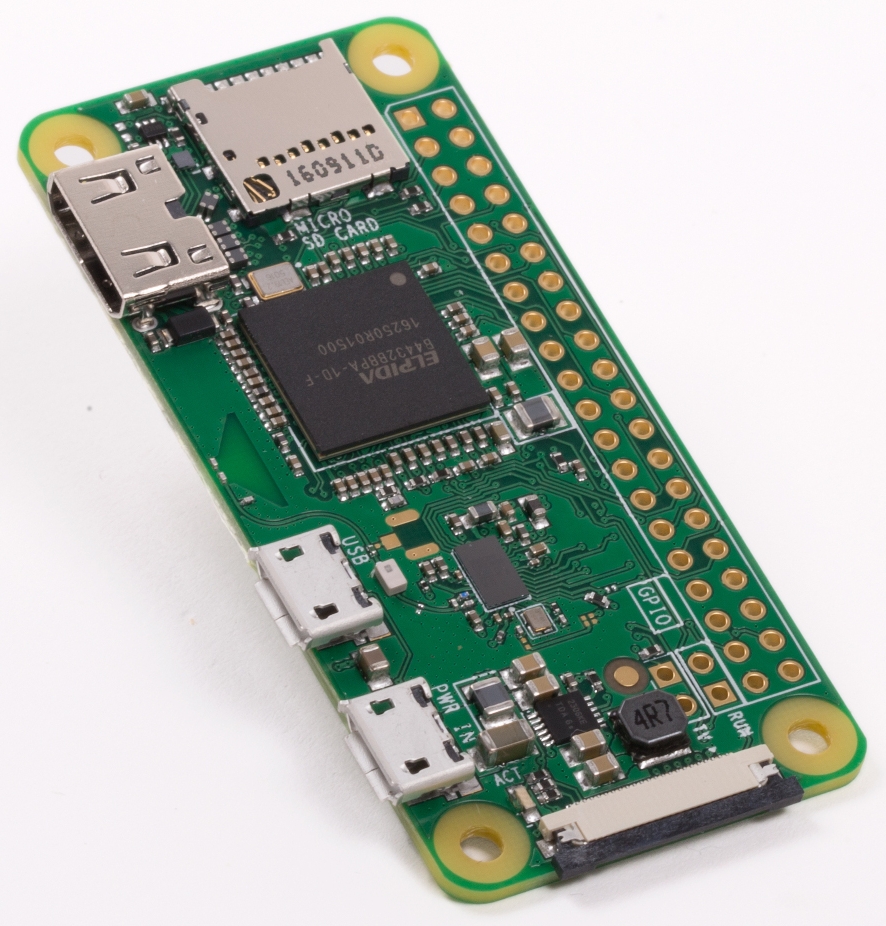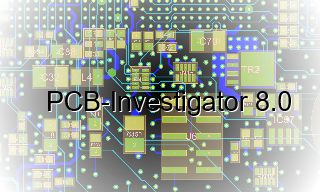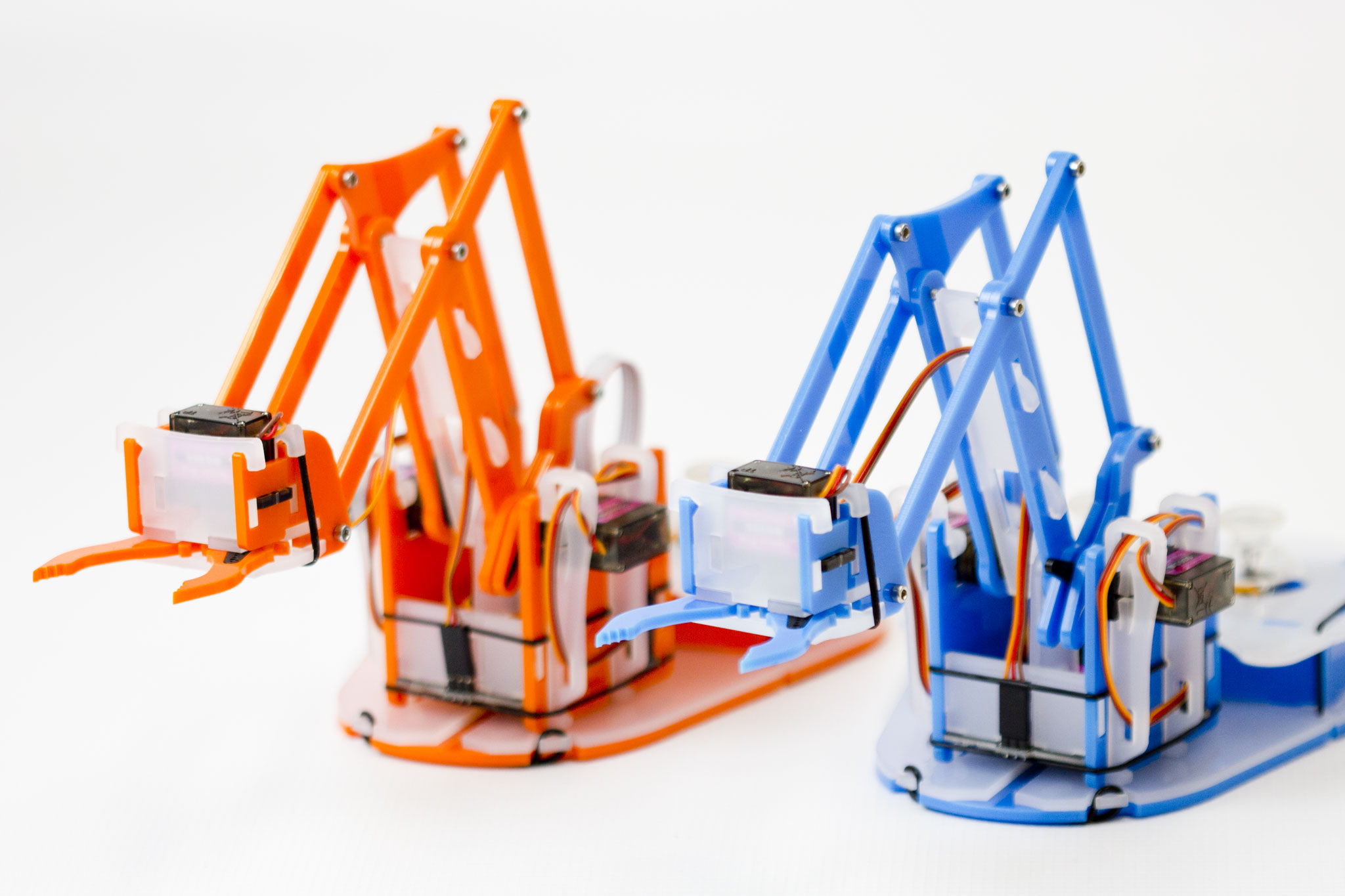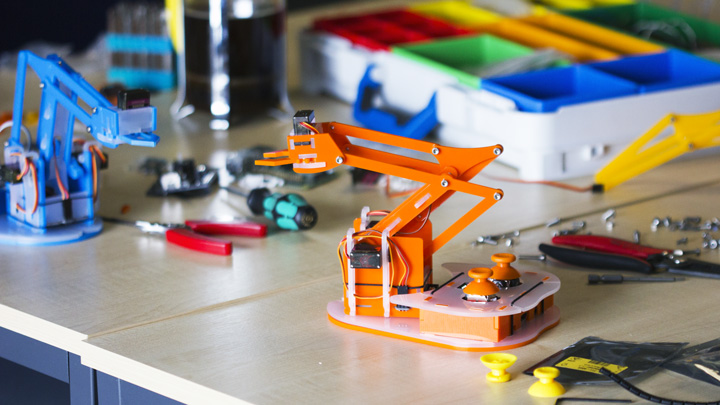While the most of Linux programs are compiled to run on Intel x86 processors, the virtualization softwares appear to give the ability to run Intel x86 application on ARM-based Mini PC such as Raspberry Pi.
In this way, Eltechs, a high-tech startup company, had produced a new binary translator called “ExaGear Desktop”. It runs applications for the conventional desktop and server x86 processors on energy-efficient ARM CPU without recompilation.
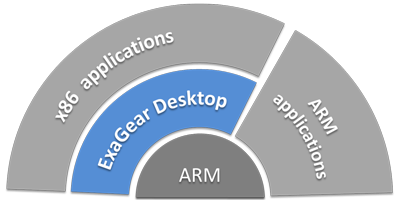
ExaGear Desktop creates a second system known as the ‘guest’ system. Once installed, you can switch between the guest and your regular (‘host’) system using the ExaGear and exit commands. Inside the guest system, apt-get and dpkg are used to install Intel x86 software. The guest system is a transparent operation so there is no difference between running x86 applications on x86-based or ARM-based platform. It also gives you the ability to run Windows applications by installing Wine.
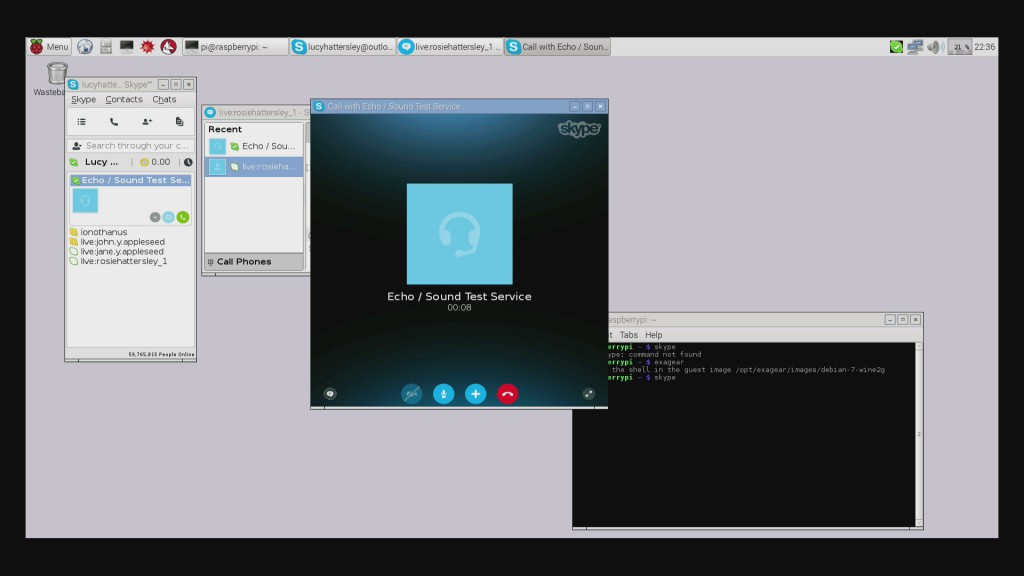
ExaGear is compatible with many of ARM-based Mini PCs such as Raspberry Pi 1, Raspberry Pi 2, ODROID, CubieBoard, CuBox, Utilite, Jetson TK1, Wandboard, Banana Pi etc. It also can run on Chromebook with Linux.
Compared with QEMU, another open-source virtualization software, ExaGear is 5 time faster and has much better performance with CPU and memory as the benchmark results shown when running on Raspberry Pi 2. You can see the benchmarking details and results here.
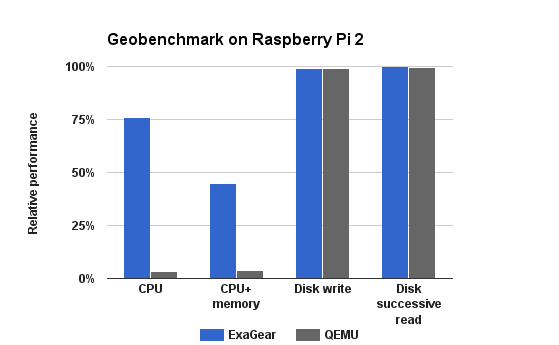
ExaGear is available for ordering through the official website with a price range between $16.45 and $56.45 according to the hardware used. You can find more information at the product page. And it may be useful to take a look at this review.




